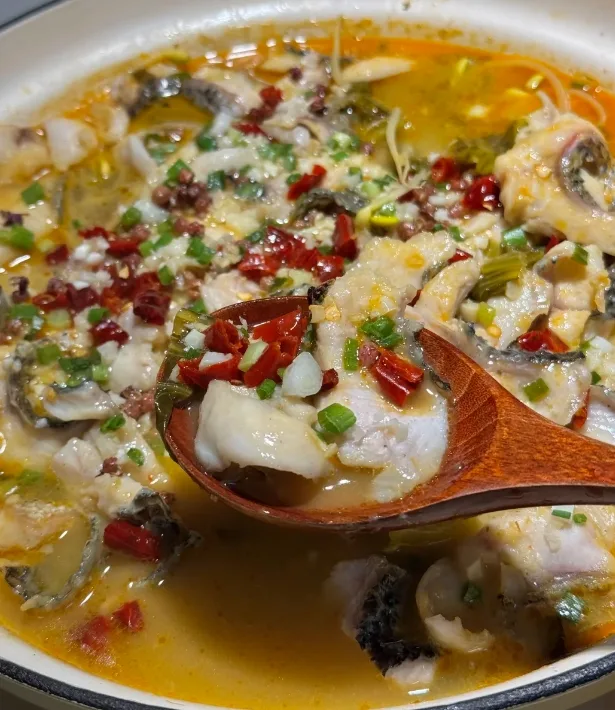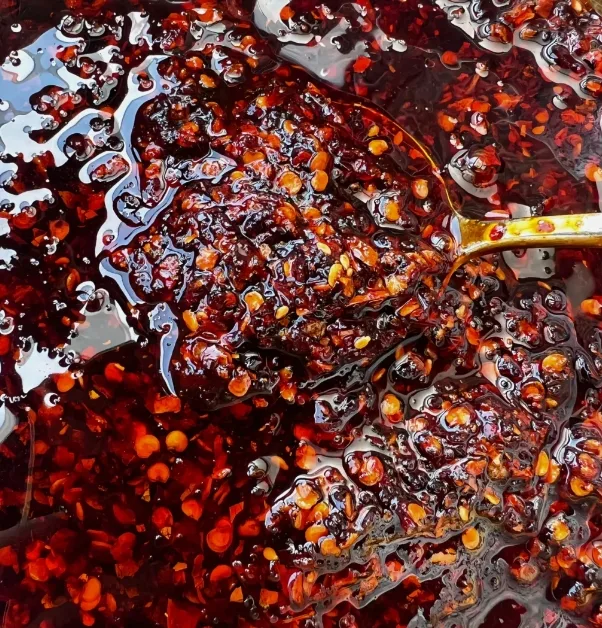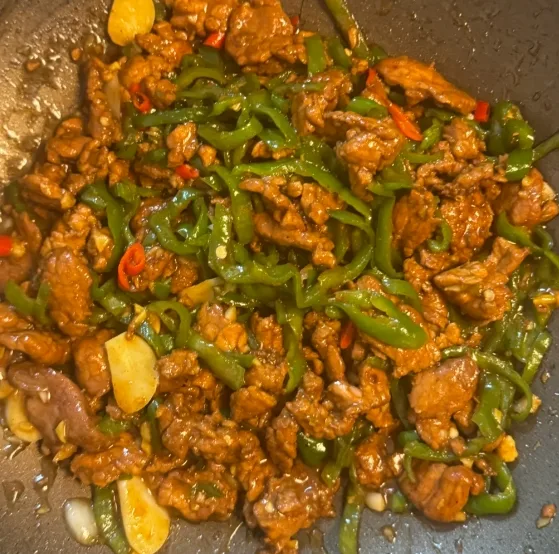As a representative of traditional Chinese cooking utensils, the sandpot holds an important position in Chinese culinary culture due to its unique material and heat retention properties. If a newly purchased sandpot is used directly without proper initial treatment, it is prone to issues such as cracking and water seepage. Mastering scientific seasoning methods can not only extend the service life of the sandpot but also enhance cooking results. This article will systematically introduce the complete sandpot seasoning process, key technical points, and recommend multiple classic dishes suitable for sandpot cooking.
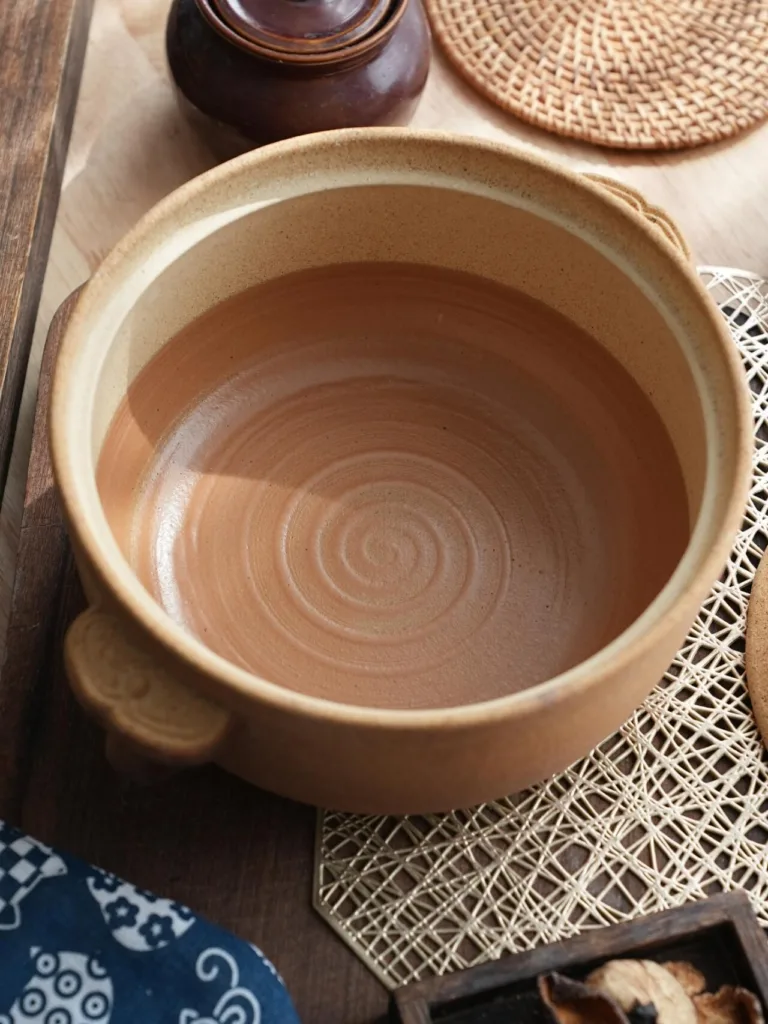
How to clean a new casserole?
Initial Cleaning: Removing Industrial Residues
New sandpots often carry ceramic dust and kiln residues from manufacturing. Thoroughly wash both the interior and exterior with a soft cloth and mild detergent. Avoid abrasive tools like steel wool, which may damage the glazed surface. After cleaning, air-dry the pot completely in shade to ensure all moisture evaporates. Scientific Principle: This prevents rapid steam generation during subsequent heating, which could create uneven internal pressure and cause cracking.
Starch Sealing: Micro-Pore Filling Technology
Fill the pot with water and add 50g of starch (corn or potato starch works). Heat over medium-low until simmering. As the starch molecules expand, they penetrate microscopic pores in the clay. Upon cooling, they form a protective film. Scientific Principle: Verified by modern materials science, this traditional method effectively reduces permeability by physically clogging pores. Maintain a gentle boil for 15 minutes, then let cool naturally before draining.
Oil Curing: Creating a Hydrophobic Barrier
After drying, evenly coat the interior with lard or high-smoke-point oil (e.g., peanut oil) to a 1mm thickness. Heat over low flame for 10 minutes to allow oil penetration. Scientific Principle: The lipid layer provides hydrophobicity, reducing water absorption while creating a natural non-stick surface. Cool completely, then rinse with warm water (no detergent) to complete seasoning.
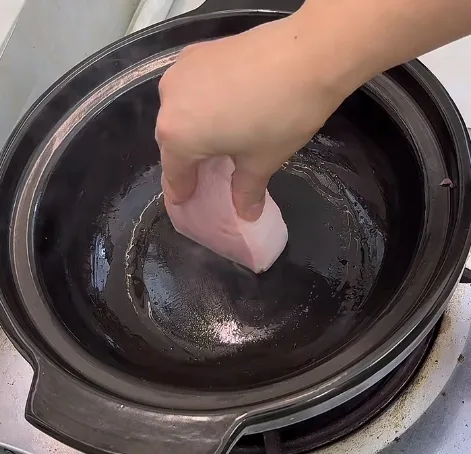
How to Use a Clay Pot (Sandpot) Correctly
Temperature Control Principles
Clay pots have delayed heat conductivity and must follow the rule: “Start with low heat, maintain with medium heat.”
Data shows it takes 8-10 minutes for a clay pot to reach 200°C (392°F), 3x slower than metal cookware.
Sudden high heat causes uneven expansion, leading to cracks.
Preheat empty pot on low heat for 3 minutes before adding hot liquids.
Liquid Management Techniques
Fill no more than 2/3 full to prevent spills.
If adding water mid-cooking, use hot water—temperature differences >70°C (158°F) increase cracking risk by 87%.
Research shows moisture-saturated clay pots resist thermal shock best, so store with water inside if unused for long periods.
Cleaning & Maintenance Rules
Cool below 60°C (140°F) before washing to prevent thermal shock.
For stubborn stains, use a baking soda paste (1:3 ratio with water) for 30 mins—avoid acidic cleaners.
If storing long-term, coat the interior with oil and keep in a ventilated area to prevent moisture absorption and odors.
Ingredient Timing Strategy
Tough ingredients (bones, root veggies) go in first; delicate items are added after boiling.
Hong Kong Culinary Association tests show staggered ingredient additions improve flavor retention by 22%.
When braising meat, place ginger & scallions against the pot walls to neutralize any clay taste.
Heat Source Adaptation
Gas stoves: Use a 5-7cm flame ring for even heating.
Induction stoves: Must use a heat diffuser plate.
Electric stoves: Max 1200W for a 20cm pot (Japanese ceramic research confirms 1500W provides optimal heat distribution).
Emergency Crack Repair
For hairline cracks: Cook rice porridge inside, let sit for 6 hours—the starch helps seal minor gaps.
For leaks: Soak in rice-washing water, boil for 30 mins (temporary fix via starch sealing).
Replace if severely damaged for food safety.
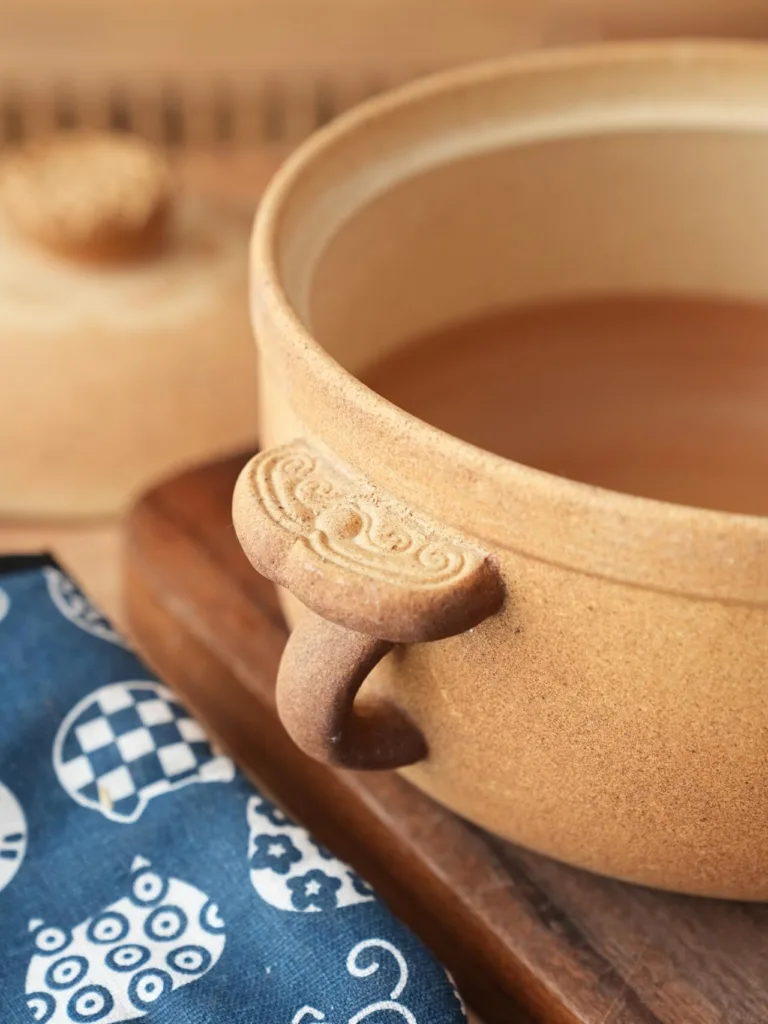
Common Uses of Clay Pots (Sandpots) in Cooking
Slow Simmering & Braising
Cantonese Slow-Simmered Soup: Pairing dense-textured Hainan coconut with aged hen in a clay pot allows its microporous structure to yield exceptionally clear broth. Recommended 4-hour simmering extracts 91% of coconut aroma compounds.
Northeastern Sauerkraut & Pork Belly: The acidic environment of pickled cabbage suits clay pot cooking perfectly. Studies confirm ceramic vessels neutralize partial acidity, resulting in mellower broth. Best enjoyed with frozen tofu in winter for optimal juice absorption.
Yunnan Steam-Pot Chicken: Specially designed venting holes improve steam circulation efficiency by 40%, extracting pure essence without added water. Using Wuding free-range chicken achieves perfect meat-bone separation after 3-hour steaming.
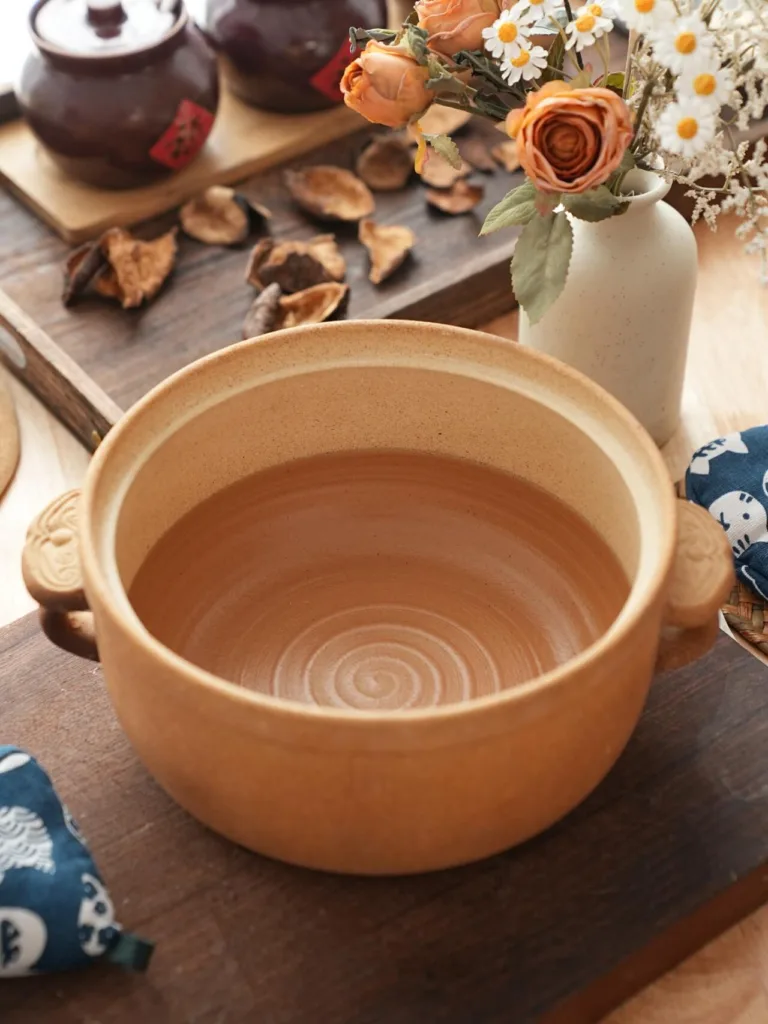
Sauce-Reducing & Roasting
Hakka Clay Pot Rice: Selecting Thai jasmine rice is crucial for forming the signature 0.5mm golden crust.
Hong Kong Michelin Guide recommends: 1:1.2 rice-water ratio, drizzling 5ml rose liquor after arranging cured meats for fragrance enhancement.
Japanese Dobin Mushi: Small clay pots’ superior seal preserves 90% of matsutake mushroom’s aromatic compounds. Kyoto’s century-old recipe: Steam first then simmer, finishing with two drops of yuzu juice for brightness.
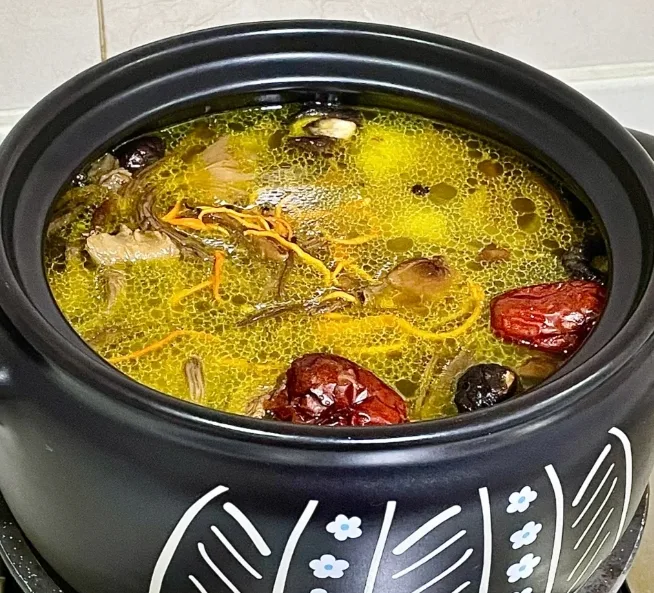
Medicinal Tonics
Si Wu Black Chicken Soup: Clay pot decoction enables gradual release of active compounds. Taiwan University of Chinese Medicine research shows 12% higher ferulic acid extraction than metal pots. Note: Herbs require 30-minute pre-soaking.
Chenpi Red Bean Soup: The pot’s mild alkaline environment softens bean skins, reducing cooking time by 1/3. Guangzhou masters’ technique: Adding orange peel during cooking removes astringency while enhancing aroma.
Angelica Lamb Stew: Clay pots effectively break down 42% of lamb’s gamy compounds through unique material interaction.

